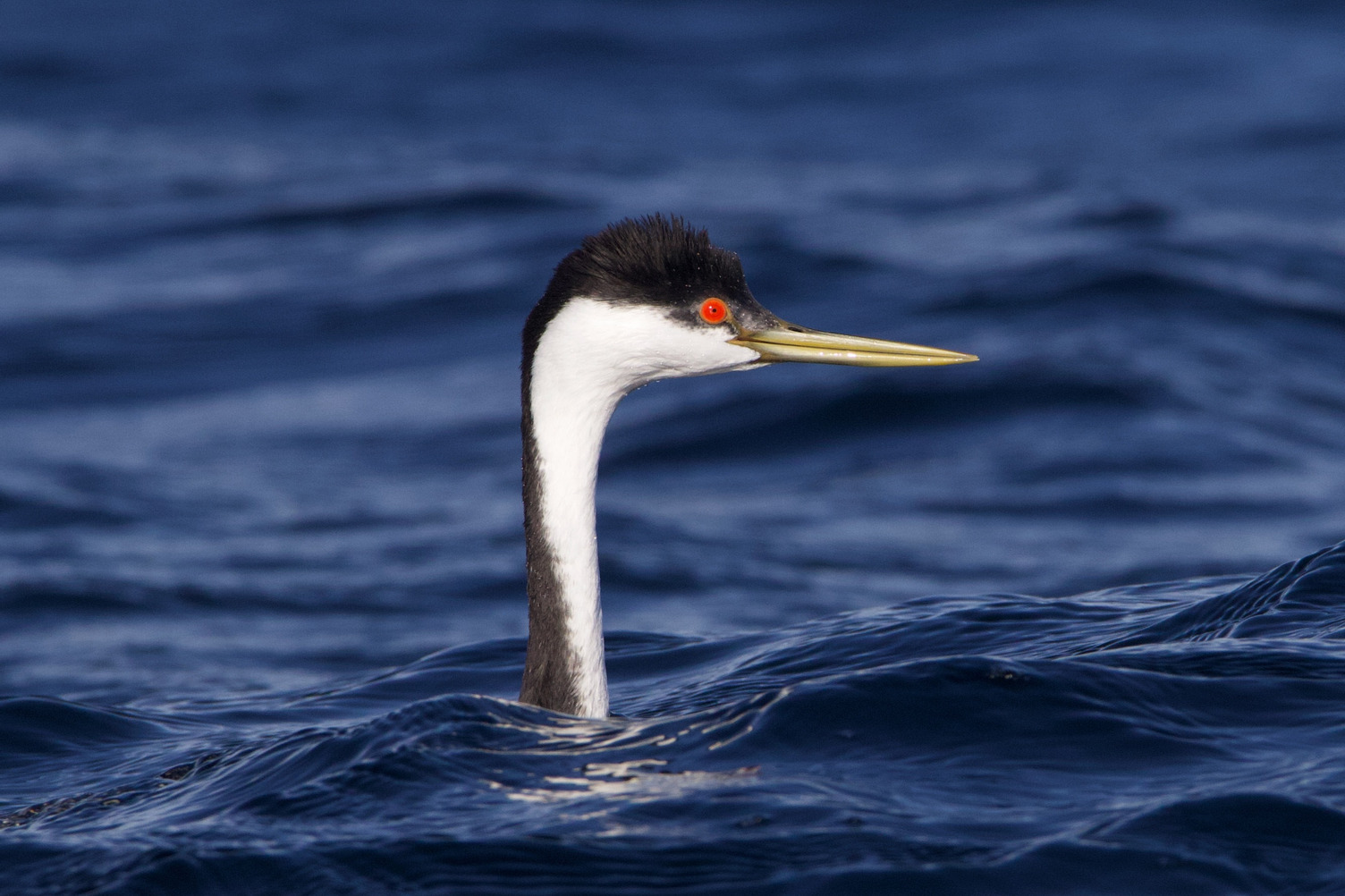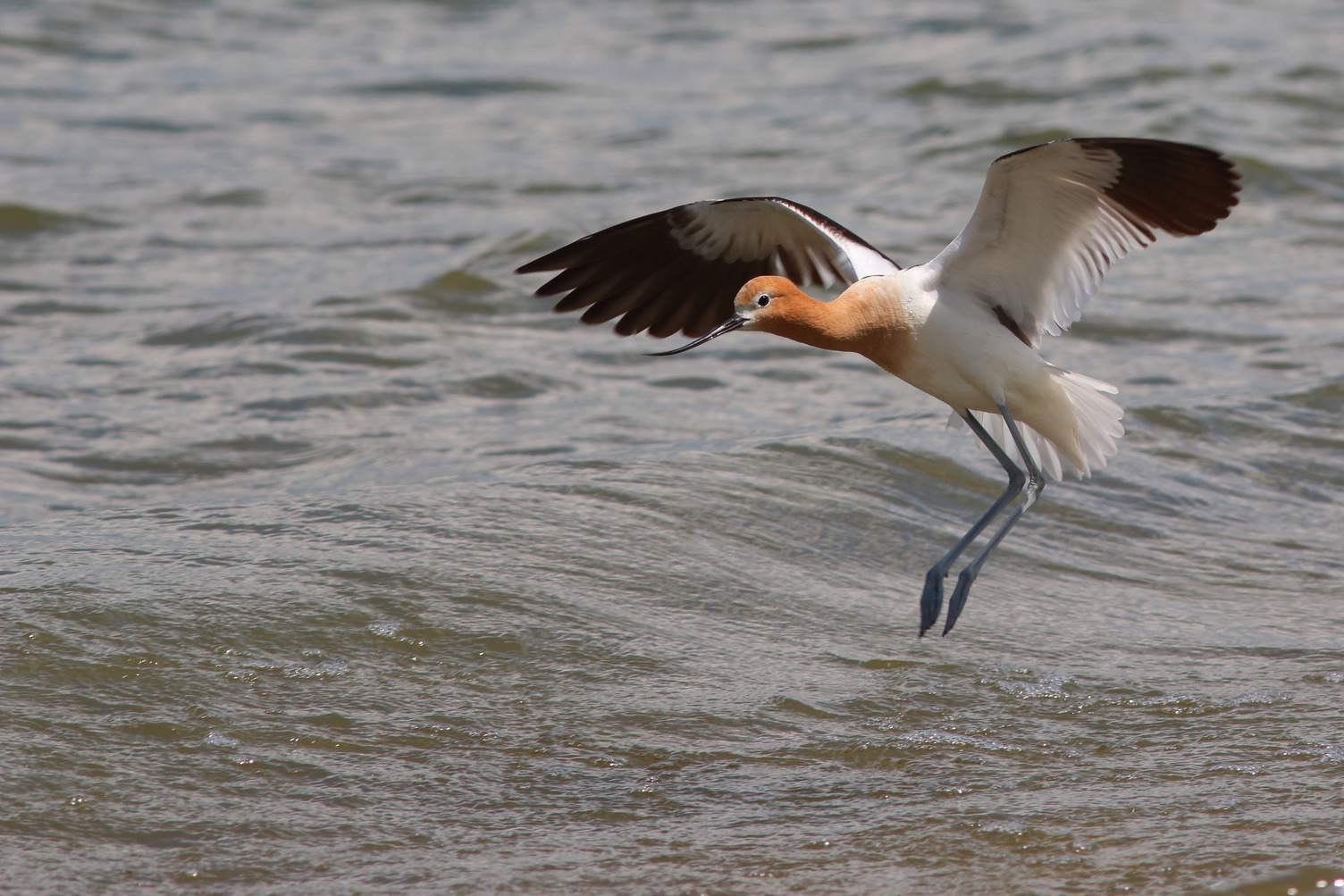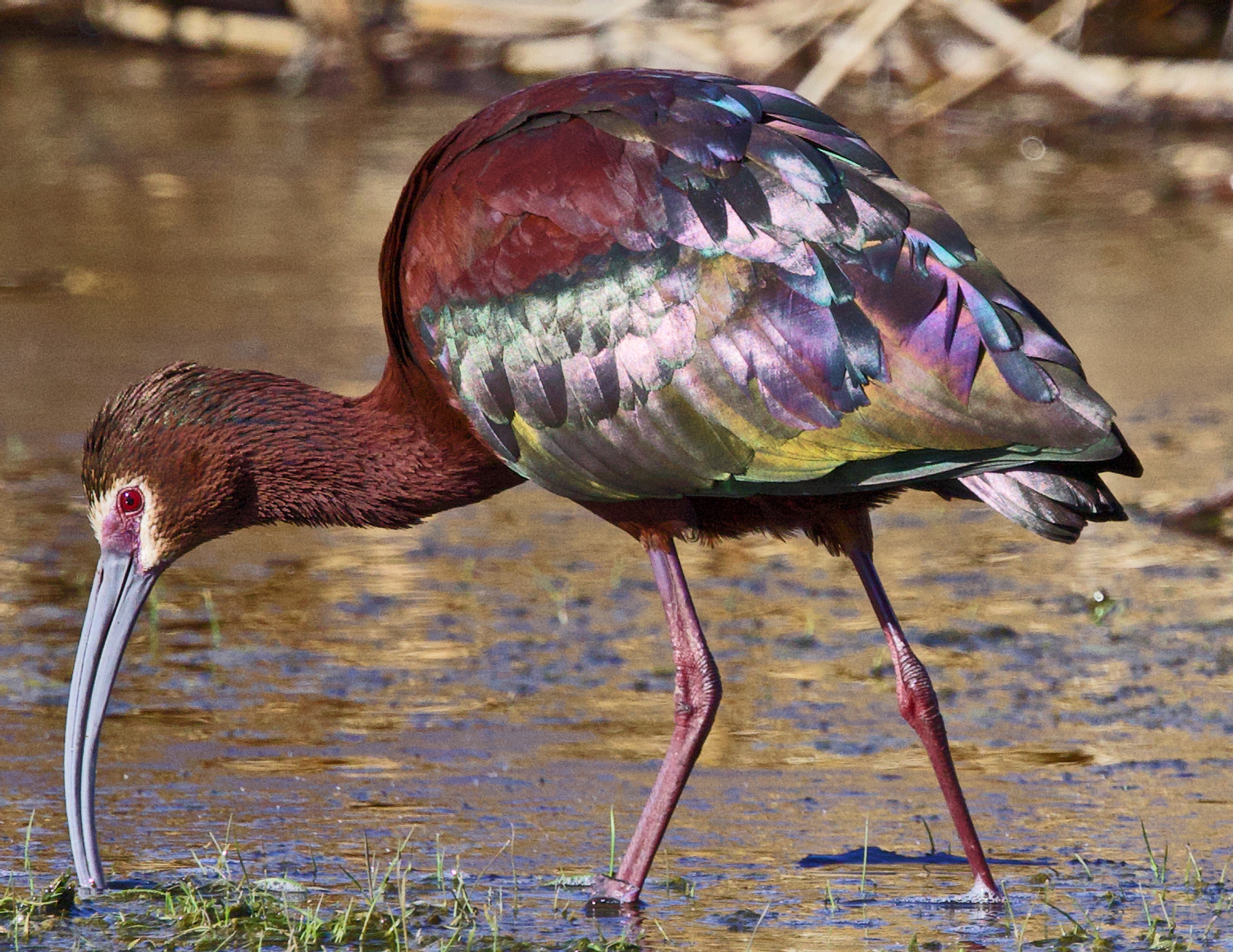By: Amanda Bichel, Key Biodiversity Areas Coordinator
Frank Lake is as gem just outside of a city of more than a million people, and I’m happy to say, it will stay a gem for the time being.
Frank Lake is the most important wetland for birds in Southwestern Alberta and hosts an impressive number of migrating and breeding species, as well as species at risk, including Trumpeter and Tundra Swans, Franklin’s Gulls, and Bank Swallows.
Many land use and conservation planning exercises conducted over the last half century have highlighted the importance of the Frank Lake wetland and surrounding uplands to birds. In the early 1990s, the Frank Lake Conservation Area was established under the North American Waterfowl Management Plan. In the early 2000s, it was designated as an Important Bird Area (IBA), one of only 47 such sites in Alberta. And more recently, the region was classified as a Key Biodiversity Area (KBA). There are so many birds at this site that it has been designated as a globally recognized site for aggregations of birds and species at risk!
Frank Lake is also a popular birding and photography site attracting thousands of visitors from the greater Calgary area and around the world.
Western Grebe. Photo: Liam Ragan
In summer 2022, Elemental Energy, a wind, solar, and hydro power projects firm, applied to the Alberta Utilities Commission (AUC) for the development of the Foothills Solar Project: a 1,500 acres, 150MW solar farm located one km northeast of Frank Lake. Fifty percent of the proposed project was sited within the Frank Lake IBA/KBA boundaries, and 80% was located within 1,000 m of the boundaries. The Wildlife Directives for Alberta Solar Projects prepared by the Government of Alberta states that solar projects should be located at least one km from the boundaries of a wetland-based IBA.
There haven’t been many comparable studies around lakes that are as bustling with birds, meaning Frank Lake would have been a guinea pig to test the level of habitat and species destruction.
This guinea pig approach would risk countless birds dying, as research and surveys have shown that photovoltaic solar facilities are a source of bird mortality, including waterbirds. This is due to the “lake effect hypothesis:” birds mistake solar panels for water and attempt to land on them, colliding with the panels instead, resulting in injury or death. Water obligate birds, which depend on water for taking flight and landing, are highly vulnerable.
This solar farm also jeopardized:
- birds colliding with transmission lines connecting the solar farm to power grids, as well as electrocution at substations,
- destroying feeding habitat around the lake, making make it unavailable to waterfowl, and
- not following best management practices of leaving a buffer around IBAs.
These risks and the encroachment of the conservation boundary led the AUC to conduct hearings into the Foothills Solar Project throughout 2022 and 2023.
American Avocet. Photo: Sean Jenniskens
Greg Wagner, the volunteer Caretaker for the Frank Lake IBA/KBA, did exhaustive research about solar farms and bird mortality, poured over consultation and developer documents, and got ready for a multi-day hearing. He was instrumental in the hearing and his decade of dedication showed through his shared knowledge and passion testifying in the hearings.
Amy Marcotte also organized the 150-member strong Frank Lake Concerned Citizen group, with many members providing oral or written submissions to the AUC. Frank Lake Concerned Citizen group is a grassroots group in the direct vicinity of the proposed solar farm who got petitions signed, wrote letters and articles, and spread the word in the community.
We’re glad to say the precautionary principle won in this case.
And this is a BIG DEAL!
In the Alberta AUC’s history of reviewing power plant (hydro, wind solar, natural gas) projects, this is the VERY FIRST to be turned down completely.
Specifically, the AUC recognizes the importance of Frank Lake, the existing human pressures on the lake, and how the project is a high risk to birds. There is a lack of evidence that there won’t be any mortalities due to the ‘lake effect’ of the solar panels. There’s also little evidence of the proposal’s limited ability to mitigate the project effects post-construction if significant mortalities occur. Therefore, the AUC found the project poses an unacceptably high risk to the environment and is not in the public interest.
The decision not to move forward with the Foothills Solar Project is good news for birds and other biodiversity! This outcome will:
- Be safer for birds in and around the site (less transmission lines and panels mean less fatal collisions for birds)
- Protect birds at a globally important IBA/KBA for birds, biodiversity, and conservation
- Make sure that Frank Lake continues to attract tens of thousands of birders yearly to the area
- Showcase a great example of wildlife organizations and the public coming together to protect such sensitive wildlife habitats
We hope this sets a precedence for developers and decision makers in other jurisdictions to consider boundaries of these important places for biodiversity, when deciding where to place these projects in the future.
We’d like to congratulate Greg Wagner, Amy Marcotte, and the many other passionate people who worked on this project with the Frank Lake Concerned Citizens group. Without your tireless effort and attentiveness on this issue, the project might have gone ahead without notice. You are true protectors of the site. Thank you!
Check out our last blog for more details about this beautiful spot and what makes Frank Lake so special.



